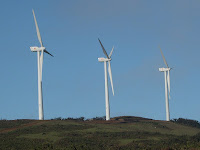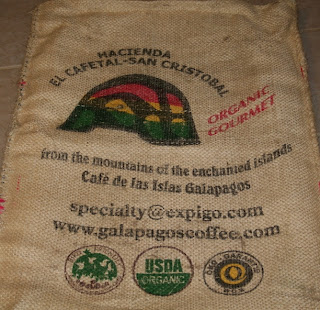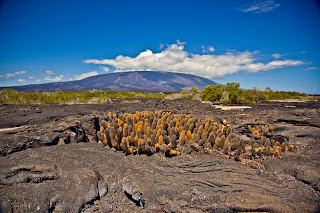 The Galapagos Eco-Lodge is committed to the environment and sustainability in more than words. It is not just our personal philosophy, but a pledge that we put into action every single day.
The Galapagos Eco-Lodge is committed to the environment and sustainability in more than words. It is not just our personal philosophy, but a pledge that we put into action every single day.At the heart of this commitment is the elimination of environmental impact from the use of fossil fuels. Already, fully 60% of our power usage is from wind turbines.
San Cristobal Island is my home and the location of the Galapagos Eco-Lodge. It is also the site of one of the most dramatic and important conservation efforts anywhere in the world – the San Cristobal Wind Project. As such, it makes it an ideal spot for the eco-tourist and, indeed, for anyone interested in preservation and conservation of our planet.




